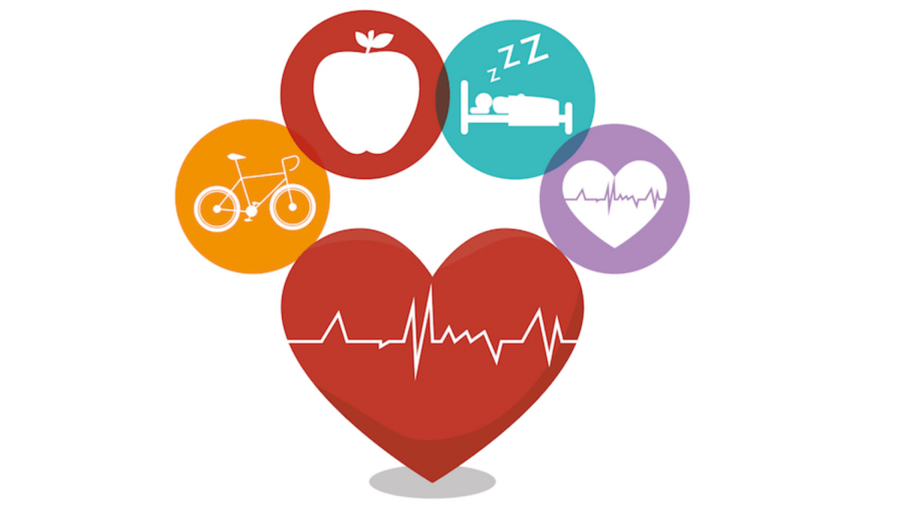Setting Boundaries: Protecting Your Body Image from External Influences

Updated at: 2023-08-05 22:26:34 (2 years ago by Melkisedeck Leon Shine)
Setting Boundaries: Protecting Your Body Image from External Influences
In this day and age, it can be challenging to maintain a positive body image. With social media bombarding us with images of supposedly perfect bodies, it's easy to fall into the trap of comparing ourselves and feeling inadequate. However, as AckySHINE, I am here to tell you that you have the power to protect your body image from external influences. By setting boundaries and focusing on self-love, you can embrace your uniqueness and feel confident in your own skin. Let's dive into some practical tips on how to do just that!
-
📸 Limit your exposure to unrealistic beauty standards: One of the biggest culprits of negative body image is social media. Take control of your feed by unfollowing accounts that promote unrealistic beauty standards and instead follow those that embrace diversity and body positivity.
-
💪 Surround yourself with positive influences: Seek out friends and role models who uplift and inspire you. Surrounding yourself with a supportive community can help you stay focused on your own journey and resist the urge to compare yourself to others.
-
🛑 Stop negative self-talk: We are often our own worst critics. It's time to break the habit of negative self-talk and replace it with self-love and acceptance. Treat yourself with kindness and remind yourself of your unique qualities and strengths.
-
🚫 Say no to body-shaming conversations: As AckySHINE, I recommend avoiding conversations that revolve around criticizing others' bodies or engaging in self-deprecating jokes. These conversations only perpetuate negative body image and can harm your own self-esteem.
-
🧘♀️ Practice mindfulness and self-care: Take time each day to connect with yourself and prioritize self-care. Engage in activities that make you feel good, whether it's going for a walk, practicing yoga, or taking a long bath. Acknowledge and appreciate your body for all that it does for you.
-
🚪 Set boundaries with toxic people: It's important to distance yourself from individuals who consistently bring you down or make you feel insecure about your body. Surround yourself with people who appreciate and respect you for who you are.
-
✍️ Keep a gratitude journal: Take a few minutes each day to write down things you are grateful for about your body. This practice can help shift your focus from negativity to appreciation and build a healthier body image over time.
-
🌈 Embrace diversity: Remember that beauty comes in all shapes, sizes, and colors. Celebrate and appreciate the diversity of bodies around you, including your own. Realize that there is no one "ideal" body type.
-
📌 Focus on your strengths: Instead of fixating on perceived flaws, AckySHINE recommends shifting your focus to your strengths and talents. What makes you unique? What are you good at? Embrace these qualities and let them shine.
-
💃 Dress for yourself: Wear clothes that make you feel confident and comfortable, regardless of societal beauty standards. Dressing for yourself and expressing your personal style can boost your body image and enhance your self-esteem.
-
🚭 Reject diet culture: Diets and extreme weight loss measures can be detrimental to both physical and mental health. Instead of focusing on restrictive diets, prioritize nourishing your body with balanced meals and regular exercise for overall well-being.
-
🌞 Seek professional help if needed: If negative body image is significantly impacting your daily life and self-esteem, consider seeking support from a mental health professional. They can provide guidance and strategies to help you overcome these struggles.
-
🤝 Spread body positivity: Be an advocate for body positivity in your own circle. Challenge harmful beauty standards and encourage others to embrace their bodies as well. Together, we can create a more inclusive and accepting society.
-
🌟 Celebrate your achievements: Acknowledge and celebrate your accomplishments, both big and small. Your worth is not solely determined by your appearance but by your unique qualities, talents, and achievements.
-
🌺 Love yourself unconditionally: At the end of the day, the most important relationship you have is the one with yourself. As AckySHINE, I encourage you to love and accept yourself unconditionally, flaws and all. Embrace your body image journey and remember that you are worthy of love and respect.
In conclusion, protecting your body image from external influences is a journey that requires setting boundaries, practicing self-love, and surrounding yourself with positivity. It's about embracing your uniqueness and celebrating your body for all that it is. Remember, you have the power to define your own beauty and worth. So, why not take that first step towards a healthier body image today?
What are your thoughts on setting boundaries to protect your body image? How do you personally maintain a positive body image? Share your opinions in the comments below!







